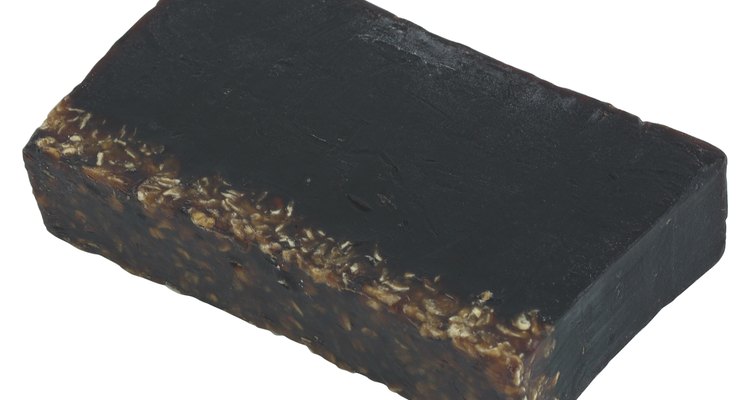
Hemera Technologies/PhotoObjects.net/Getty Images
African black soap is a handmade soap created by African women. It has regional variations and a number of different names. In recent years, black soap has become popular in the West for its skin rejuvenating benefits.
Background
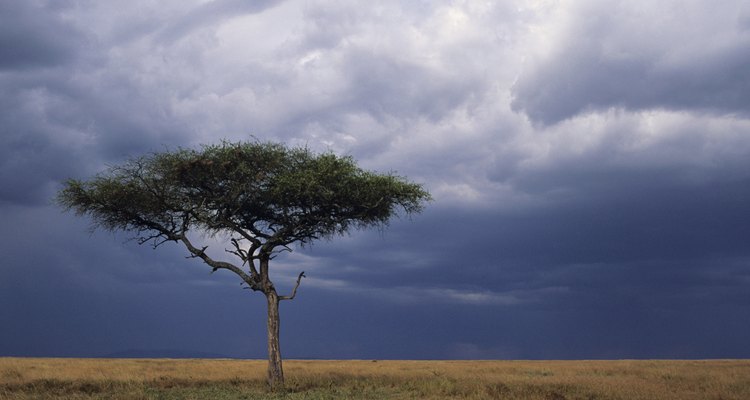
Anup Shah/Digital Vision/Getty Images
Black soap, also known as ose dudu, anago soap and alata simena, has been created by the female members of various African tribes for hundreds of years. Made in Ghana, Benin, Togo and Nigeria (to name a few), the soap is a West African specialty. Each tribe adds its own ingredients and secret additions, which cause the texture and color of the soap to vary between tribes. Although sometimes manufactured in Europe and the United States, only West African black soap can be considered authentic African black soap.
Ingredients
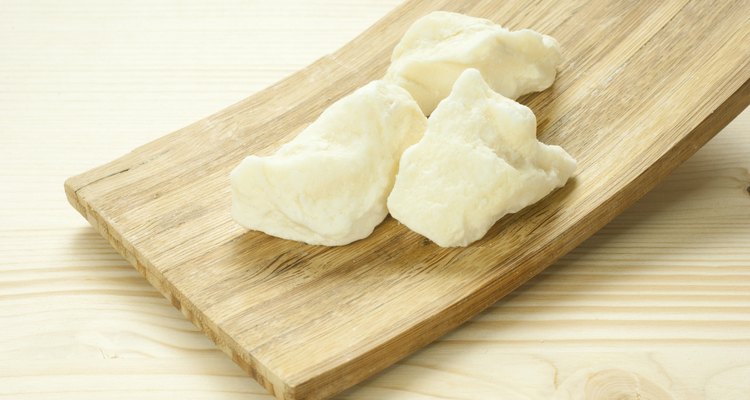
S847/iStock/Getty Images
Black soap contains water and the bark of the shea butter tree, the leaves of palm trees, the bark and leaves of the banana tree bark and leaves, plantain plant and the pods of the coco plant. The soap also contains a number of oils including shea butter, olive oil, coconut oil, palm oil and kernel oil. The actual content depends on the brand of soap as well as any additional scents, herbs and fruits that are added to the base ingredients.
Benefits

Stockbyte/Stockbyte/Getty Images
Numerous claims have been made about African black soap. Some believe it cures acne and removes blemishes and others think it heals dry and cracked skin. Many people use it as a skin enhancing cleanser because it is reported to reduce wrinkles and fine lines. Overall, black soap is a deep pore cleansing soap crafted from natural ingredients using a process developed centuries ago.
Manufacturing Process
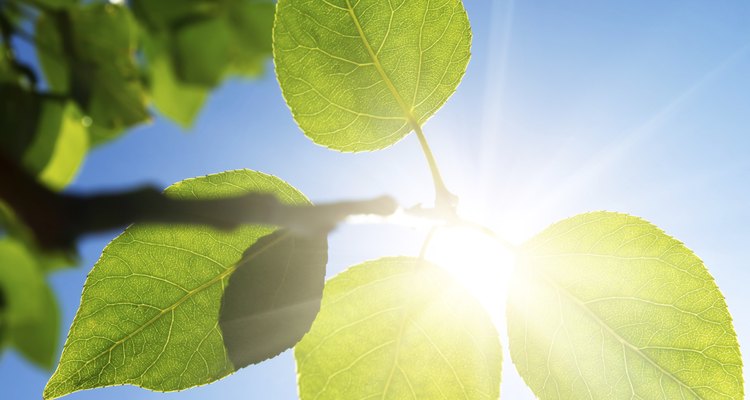
????? ??????????/iStock/Getty Images
The leaves and bark of the various plants and trees are shredded and put into a metal vat or cooking kettle and burned until all that is left is ash. The ash is then mixed with water. The ash water is poured through a filter to remove the large ash particles. The filtered water is mixed with oils or butters to create the soap. The work is all done by women by hand and the mixing process takes an entire day. The soap is then left to set for about two weeks.
Availability

Medioimages/Photodisc/Photodisc/Getty Images
Black soap is available online and in specialty and fair trade shops. Always check the label for country of origin and to make sure that the item has been fairly traded. The soap is available in block form as well as in lotions and creams as the main content or as a supplemental ingredient.
Related Articles

What Are the Benefits of Olive Oil Soap?

Does Black Soap Act Against Bacteria?

What Is Triple-Milled Soap?

Facts on Zest Bar Soap

Ingredients of Fels Naptha

The Benefits of Castile Soap

Description of Palmolive Bar Soap
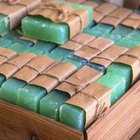
Grandpa's Pine Tar Soap Ingredients

Benefits of Green Tea Soap

Are There Benefits of Seaweed Soap?
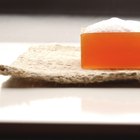
Ingredients of Bar Soap

What Is Coal Tar Soap?

What Are the Functions of Sodium ...

What Are the Benefits of Tea Tree Soap?
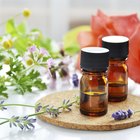
How to Make Antibacterial Soap

What Is Ceylon Sapphire?
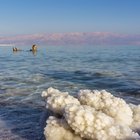
Deja Vu Skin Care Products

What Is Glycerine Used For?

Pine Tar Soap for Psoriasis

Shampoos for Hair Loss Due to ...
References
Writer Bio
Trish Popovitch is a freelance writer with 10 years of professional writing experience and a degree in the social sciences. A former print journalist and current blogger and magazine writer, her content writing is a reflection of her varied background.
Photo Credits
Hemera Technologies/PhotoObjects.net/Getty Images